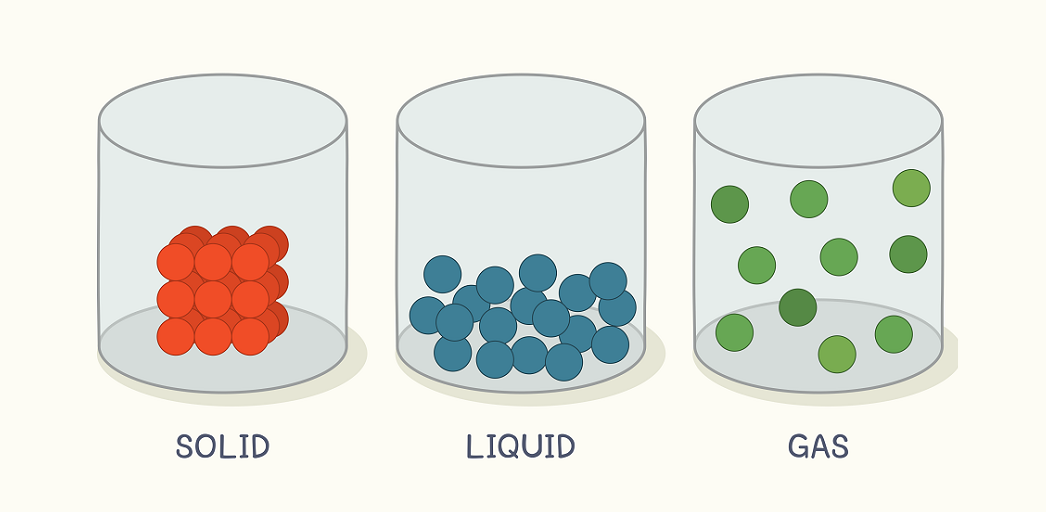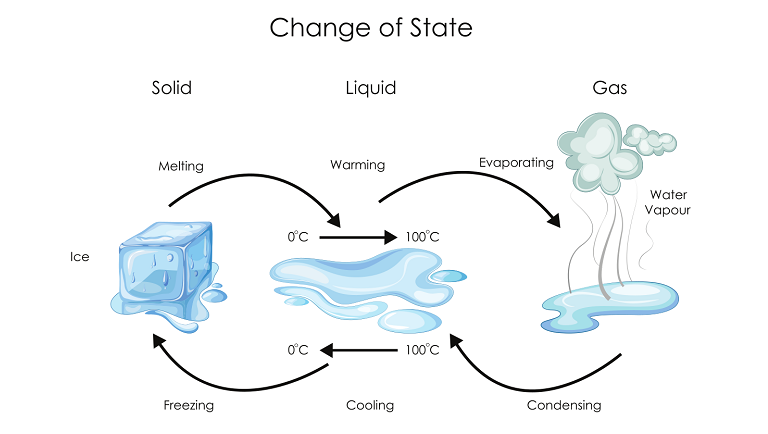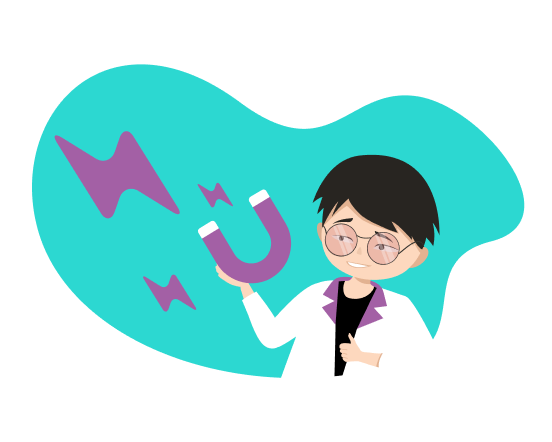
States of matter facts for kids
The perfect way of activating kids’ minds is jumping into the topic of matter fun. The topic of matter is one of the most attention-grabbing topics to explore for kids. Telling a kid about states of matter with shining examples is quite simple. It’s not rocket science! So, let’s get it started!
What is matter?
How to explain the term “matter” for growing minds? As shorter as possible! For example, matter is any substance that takes space and has mass. Ask a kid to look around and find examples of matter. Help him to make fascinating exploration — everything that he sees is matter. Then describe that there are matters that we can not see but feel.
To sum up, matter makes our planet and the whole universe. It may exist in various states, for example, solid, liquid, or gas.
Also, not to forget to tell a child that not everything on Earth is matter. Types of energy, like sound and light, are not matter. However, we use matter to generate energy.
States of matter
Under various conditions, matter converts from one form to another. The best way to describe these physical changes is to show them in practice. Kids will enjoy seeing science in action.
Solids
Solid matter is hard. It has shape and volume. Solids consist of molecules that group tightly and can’t move around. Gold, brick, copper, as well as cars, books, and the human body, are examples of solid states of matter.
Liquids
This state of matter may fill a container. It has not a shape but has a thickness and may be of different colors. There are multiple examples of liquids in the world. Oceans, seas, rivers are the brightest examples. The liquid matter consists of molecules that can move around because they connect each other not so tightly.
Gases
They surround us in the air. We can walk through the gas and don’t feel it. Molecules of gas move freely. They are spaced apart. If we open the box with gas, it will spread. An example of a gas is helium that we use to inflate the balloon. Helium is lighter then the air; that’s why it makes a balloon floating.
Plasmas
We can not find this type of matter in everyday life. They are types of gases that lose their electrons and are highly energized. Examples of natural plasma are stars, including the Sun and lightning. Scientists artificially create plasma and use this matter in different ways. For example, it is used for producing monitors and TV sets.
Changes of matter
For pre-school kids, it’s enough to know three basic forms of matter, while older kids can go deeper. They are capable of getting the idea of changing matter and under what conditions it happens. So, let the cat out of the bag!
Common household supplies are perfect for experiments demonstrating change of matter’s state. For example, ice cream, water, flowers, play dough, slime, ice cubes. To cut corners on explanation, show a kid that some matters change their forms. Ice cubes are solids. If we leave them outside the freezer, they are melting and becoming liquids. At the same time, if we boil liquids from ice cubes, they are evaporating. As a result, they turn into gas.

Cutting to the chase, help a kid to conclude — matter may change its state. To change it, the matter needs to be involved in various conditions. Depending on its temperature, the matter can change states under cooling, heating, evaporating, and condensation.
- A solid changes into a liquid under the process of melting.
- Liquids change into gas under the process of evaporation.
- A gas turns into a liquid state, and it is condensed. The process is called condensation.
- The liquid state of matter becomes a solid as a result of freezing.
Stir up your child’s interest in learning changes of matter through the following experiments:
- Melt chocolate and show how the solid form of matter turns into a liquid.
- Make homemade ice cream to display what happens with liquids under freezing.
- Observe with a kid the process of clothes drying on the line in the Sun.
You may also be interested:
- How does electricity work? Electricity explained in simple words for kids
- Gravity for kids: kids-friendly explanation of gravity force
- Force and motion with real-life examples for kids
Reversible and irreversible changes
If a matter can change back again, it is a reversible change. For example, melting and freezing. An ice cube turns into water under the process of melting. But under the process of freezing, it can change its form again and become an ice cube.
When a matter can not get its form back, it is an irreversible change. When we bake a cake mixture, it will become a cake. But we can’t change it back into a cake mixture. Kids love the experiment “Volcano” when they mix bicarbonate of soda with vinegar.
Fun facts about states of matter
- The beam is a very mysterious state of matter. It is made up in a different way than solids, liquids, gases, and plasmas. Scientists can hardly explain the beam’s nature.
- To separate liquids from solids, we use filtering and sieving.
- Dissolving is the other process of turning a solid into a liquid. For example, salt dissolves into a cup of water.

new engaging articles



